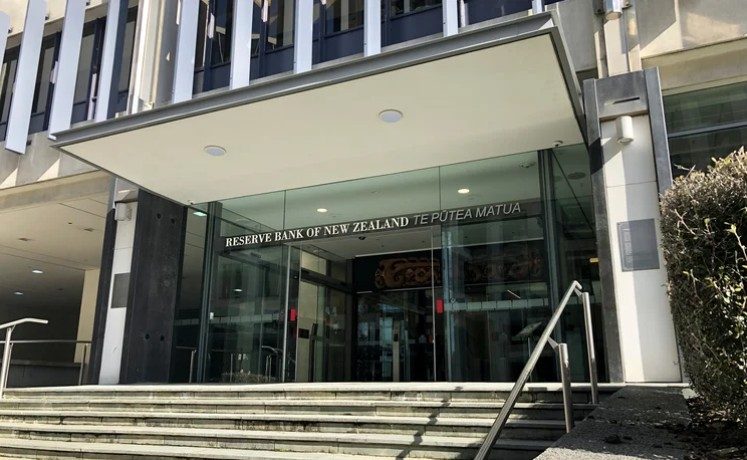The Treasury proposed reducing the Reserve Bank’s combined operating and capital budget to $719 million for the five-year period concluding in June 2030.
The amount was recommended by the Treasury in February, while the bank’s board seemed to be requesting slightly more than $1 billion in funding for the five-year period.
The Treasury said it did not endorse the bank’s proposal due to “significant value-for-money concerns”.
Its detailed objections included the bank’s insufficient consideration of reducing activities that the Treasury regarded as non-essential, the assumption that costs would be affected by a 3.6% inflation rate, and a $22 million request for what the Treasury described as “ambiguous contingencies.”
The Treasury questioned the bank’s $119 million request for “maturity uplifts” based on reasons that were removed from the documentation.
A week later, former Reserve Bank chairperson Neil Quigley emailed a senior Treasury staffer, acknowledging that former governor Adrian Orr had lost his temper with him during a meeting about the budget.
Orr officially agreed to resign on March 5 following an apparent breakdown with the board, partly caused by disagreements over the extent of the cuts the bank should accept.
The documents released on Thursday show that the Reserve Bank subsequently lowered its total funding request to $800 million, while the Treasury increased its recommendation to $756 million, before Willis ultimately settled on a five-year budget of $776 million with the bank’s board, which had Treasury’s approval.
As a result of the budget reduction, the bank is expected to eliminate approximately 142 positions.












